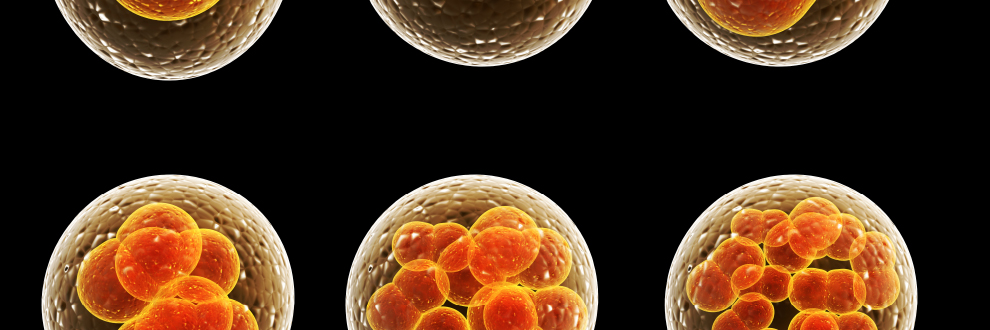
How cancer cells move in our bodies
A group of cells migrating to a wounded area to repair it and a pack of cancer cells invading healthy tissues have something in common, for they move in similar ways. Most of all, their moving behaviour shows some resemblance with that of groups of animals and even humans, as well as that of inanimate objects.
A group of international researchers, led by Caterina La Porta and Stefano Zapperi, from the Center of Complexity and Biosystems of the University of Milan, managed to identify the laws that regulate these cellular mass movements. A knowledge that may provide valuable information for several biomedical applications, from regenerative medicine to cancer therapy.
The researchers — whose results have been published in the last issue of PNAS — examined different kinds of collective cell migrations over different substrates and experimental conditions. Results obtained by experiments with living cells were then analysed in order to identify the statistical properties of these movements, which were then compared to computational simulation.
Collective cell migrations are driven by biological mechanisms within the cell as well as by external factors, mainly represented by the matrix that provides structural and biochemical support to the cells of a tissue. The main component of this matrix is collagen, which forms a network of fibers that ensure cell and tissue integrity by offering little resistance and high sensitivity to small deformations. When a single cell moves, its internal structure faces an internal stress, which may be transmitted through the matrix between neighbouring cells. This leads to the formation of real stress waves, which result in the intermittent burst of activity that the researchers observed and characterised from a mathematical point of view.
In fact, they found that these bursts are similar to those previously recorded in animal and even human mobility patterns, and are described by similar universal laws. Which means that living cells move and invade available spaces the same way inanimate particles do, as it occurs when a fluid fill an empty space.
They also found out that cell migration is highly affected by the structure and stiffness of the substrate over which they are moving. Migration is a key property of tumour cells and these findings implies that cancer cells use different internal mechanisms to move, depending on the environment. A fact that should be extremely relevant for the understanding of the metastatic processes.
Oleksandr Chepizhko, Costanza Giampietro, Eleonora Mastrapasqua, Mehdi Nourazar, Miriam Ascagni, Michela Sugni, Umberto Fascio, Livio Leggio, Chiara Malinverno, Giorgio Scita, Stéphane Santucci, Mikko J. Alava, Stefano Zapperi, and Caterina A. M. La Porta
Bursts of activity in collective cell migration
PNAS Early edition (doi: 10.1073/pnas.1600503113)
Available on www.pnas.org
